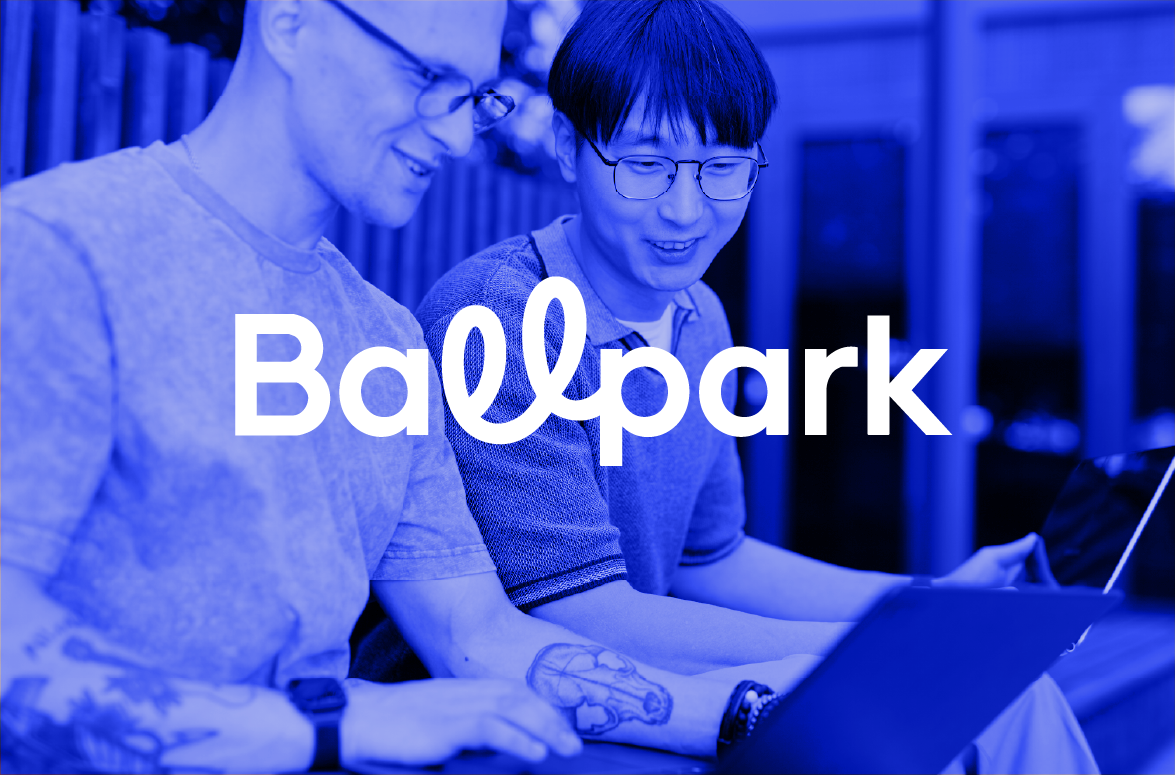How Prolific and Labvanced power large-scale, generalizable studies into eating behaviors
Dr. Maria Seidel, a postdoc researcher at Dresden University in Germany, studies eating behaviors. By integrating Prolific’s pool of 200k+ global participants with Labvanced’s easy-to-use platform, she was able to conduct complex medical research into anorexia nervosa at a larger scale than previously possible.
The challenge: Focusing only on hospital patients gives an incomplete picture of eating disorders
Most eating disorder research happens in hospitals with diagnosed patients. But Dr. Maria, a postdoc researcher at Dresden University in Germany, knew this approach was missing something.
"One main problem you find in psychiatry is that people are just categorized according to a certain diagnosis," Maria explains. "We also need to find ways to recruit people with eating behavior on a spectrum, not just people who have a diagnosis."
Working under Professor Stefan Ehrlich, Maria's team studies how cognitive functions like emotion regulation change in young patients with anorexia nervosa. But hospital recruitment only gave them one piece of the puzzle. University students helped as controls, but they didn't represent the broader population.
"We mainly recruit from the university. We have thousands of students who are interested in participating as a control group, but it doesn't necessarily match what we find in the population out there," Maria says. "Which is the reason why we actually started recruiting data online so we can look at eating behavior on a spectrum."
But taking the recruitment online came with some challenging requirements:
- They needed German-speaking participants across different age groups to properly match their patient demographics.
- The sample size had to be much larger than in-lab samples, 500 to 600 participants per study.
- The research was longitudinal, involving an appointment experiment and then 10 days of follow-up, during which data was collected via a mobile app 8 times a day. So, retaining participants across the full length of the study was crucial.
The experiments themselves had specific technical needs, including precise time-sensitive event triggers that would need careful implementation. They also needed to ensure high-quality responses, as participants were taking part from home.
"The main challenge is that you don't have any control over what is happening in the home where the participant is doing the tasks," she explains. "We don't really know. Are they taking a break? Do they eat in front of the computer? Do they actually just click through and answer something random just so they can get some money?"
The solution: Labvanced's ready-made experiments meet Prolific's quality participants
Maria’s team had already been using Labvanced to design and run their experiments. Adding Prolific gave them the reach and demographic targeting they needed to take the research further.
Labvanced
Using Labvanced meant that Maria didn’t have to develop complex psychological tasks from scratch. She could use its extensive library of pre-built experiments.
"It has a large database of already implemented tasks," she explains. "If you look at inhibition, you want a stop signal task, or you're looking for a flanker task, or Stroop, or an emotional regulation setup... since they're already implemented, you can just use the templates and adapt them."
Beyond templates, what really stood out was Labvanced’s support. Maria’s team often had highly specific experimental needs – from randomization sequences to time-sensitive event triggers – and the Labvanced team worked closely with them to get every detail right.

Prolific
Maria needed female German-speaking participants, both adolescents and adults. With its pool of 200k+ verified participants from across the globe and powerful filtering capabilities, Prolific was able to deliver exactly that.
"It has a large database of German-speaking [participants]... I found it very convenient that you can just look up how many people in the language you're interested in are actually registered in the database," she says.
The filtering was crucial, especially gender and age filtering, because they needed to match their female adolescent patient samples.
Integration between the two platforms was effortless. As Labvanced CEO Caspar Goeke puts it, "It's really easy to integrate with Labvanced. Basically, you just copy and paste two links to each other, and that's it. So it's also very convenient and fast."
Quality control
Both platforms share something important: they reward quality data and discourage poor responses.
“There’s this kind of incentive for people to really produce good data,” says Caspar. “If a participant doesn’t respond properly, you can reduce or reject the payment, and that improves quality over time.”
That level of control is rare. On other platforms, Maria and Caspar found that you often had to pay in full no matter what, even if participants rushed through tasks or barely engaged. Prolific’s transparent payment and review system gave them confidence that data quality could be upheld at scale.
The team built multiple safeguards into their studies:
- Comprehension tests: Participants had to answer questions about the instructions they'd just read, making sure they understood the task before proceeding.
- Reaction time monitoring: Labvanced enabled reaction time thresholds, where the system automatically ended tasks if participants failed to respond within set time windows for more than 10% to 15% of trials.
- Attention checks: Questionnaires included specific instructions like "please answer 'strongly disagree'" to catch participants clicking randomly.
The results: Quality data that validates real-world findings
Maria's rigorous quality controls delivered impressive results. The proof was in the data retention: "We had like 210 participants, and 189 actually stayed in the sample that we could use for analysis. So I think that is a very good outcome." That's a 90% retention rate, which is exceptional for a 10-day longitudinal study.

Lab findings translated to real life
Moving online allowed Maria’s team to explore whether effects observed in the lab held up in more ecologically valid, real-world settings. Her team successfully replicated effects that had previously only been demonstrated with static pictures by using more realistic video materials instead.
Research impact is growing
The team has published several studies using data from Labvanced and Prolific, and is now expanding its research program through preregistered studies and longitudinal designs.
"It is a very powerful combination," Maria concludes. For researchers interested in large sample sizes who are willing to implement thorough quality checks, she sees no disadvantages compared to traditional lab-based research.
The real advantage is studying people in their natural environments. "The data is actually from the daily lives of participants in their environment that are far more real than when you invite them in person, and they are very excited or nervous because they are in a lab or in a hospital," she explains.
Maria's partnership with Prolific and Labvanced demonstrates how modern research can break free from traditional constraints. Combining quality participants with sophisticated experimental tools allowed her team to uncover insights about eating disorders that would be impossible to achieve within hospital walls alone. It's a model that's opening new possibilities for psychological research everywhere.
Ready to scale your psychological research with high-quality participants? Contact our team to learn how Prolific can support your research objectives.








